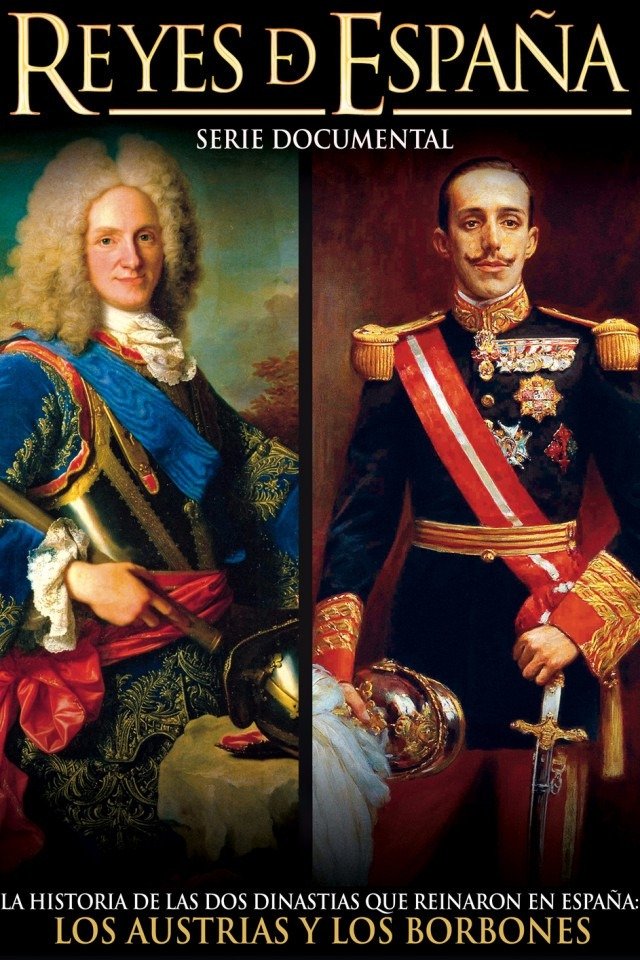Browse all content tagged with this keyword.

One of the most important and exciting historical research of...

Spain, 1519. Ferdinand Magellan, Portuguese navigator in the service of...
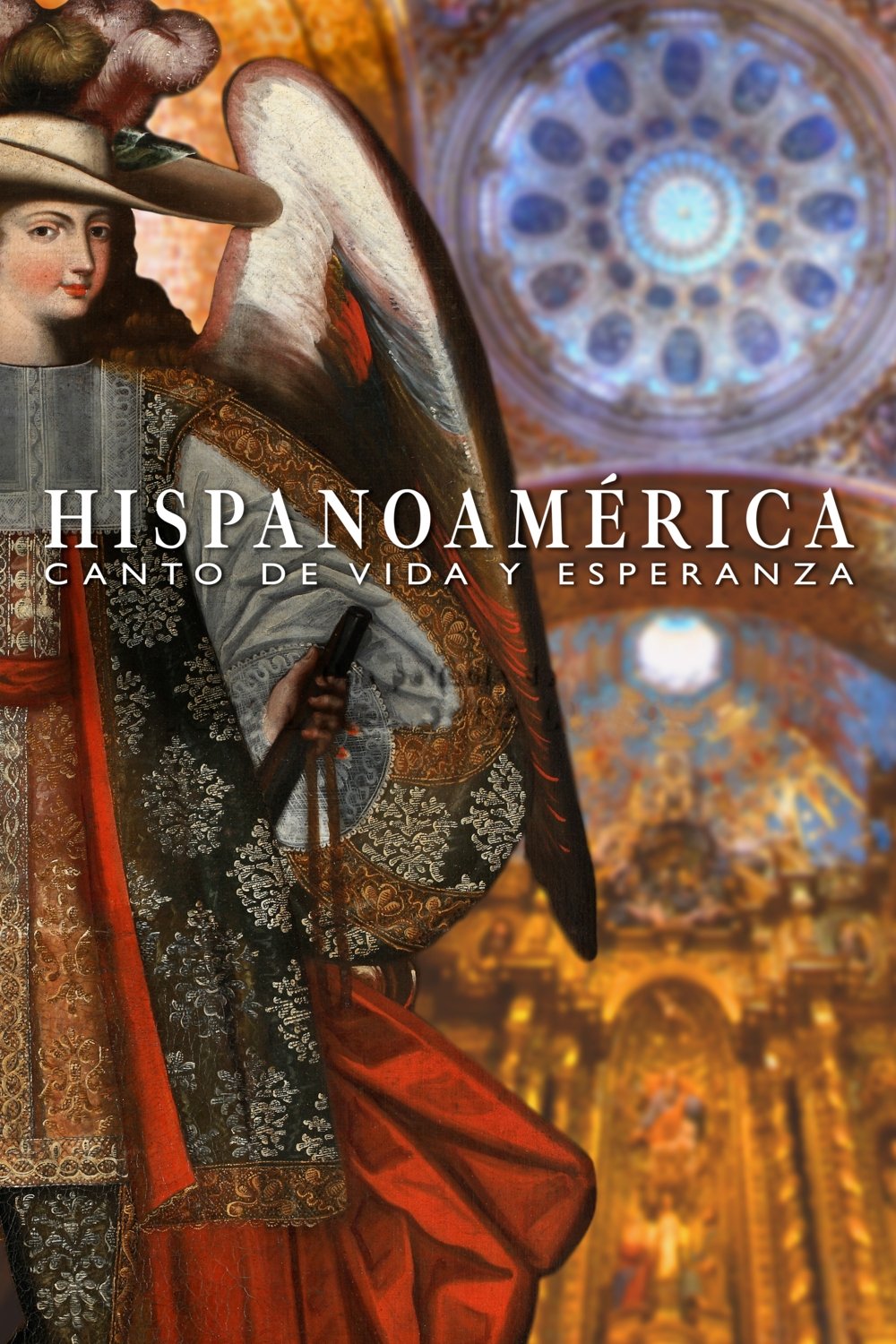
A renewed and truthful vision of how Spanish America was...
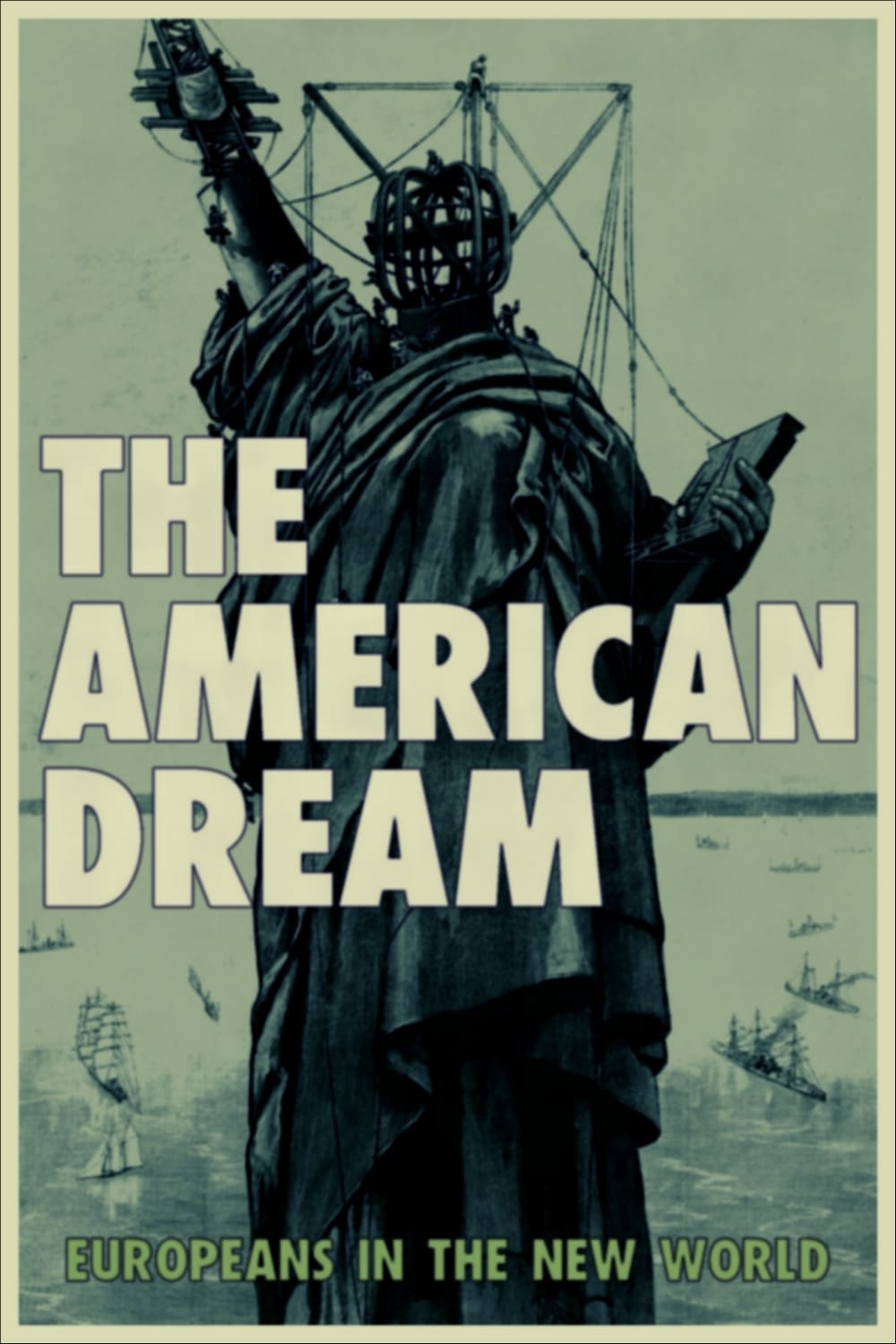
The history of Europeans in North America, from the arrival...
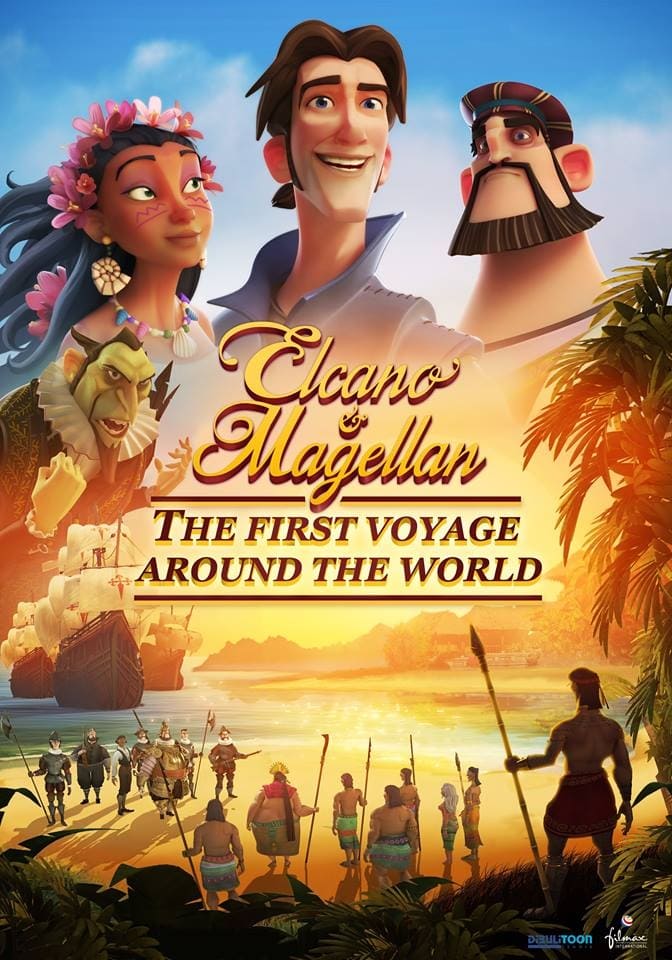
The first journey around the world began under the command...
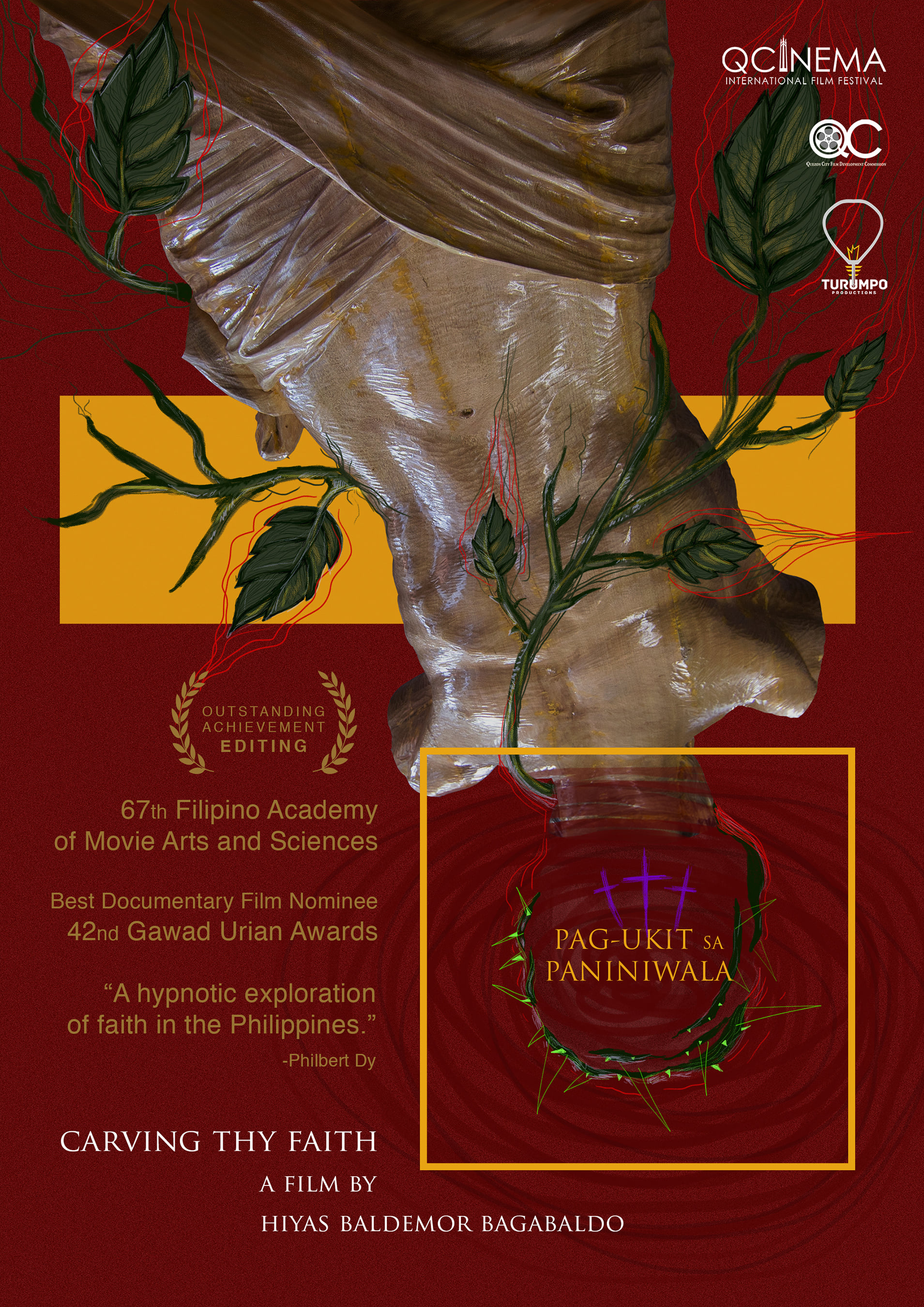
A five-year visual ethnography of traditional yet practical orchestration of...
